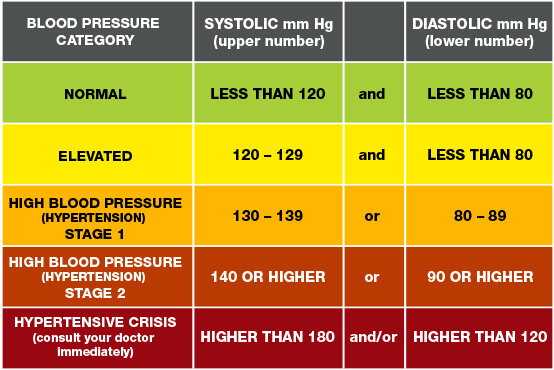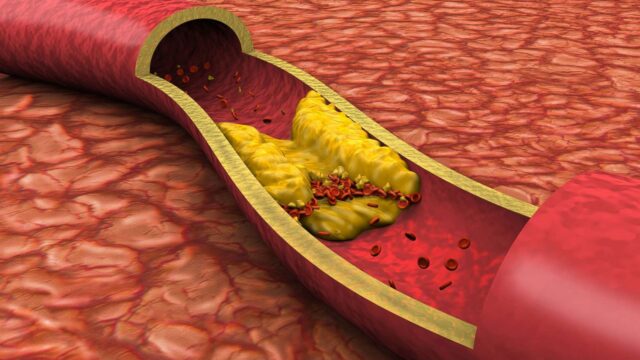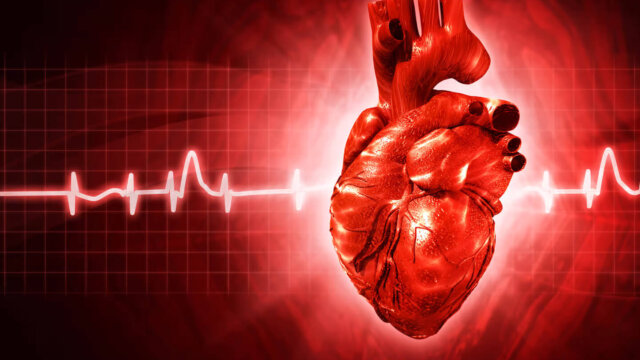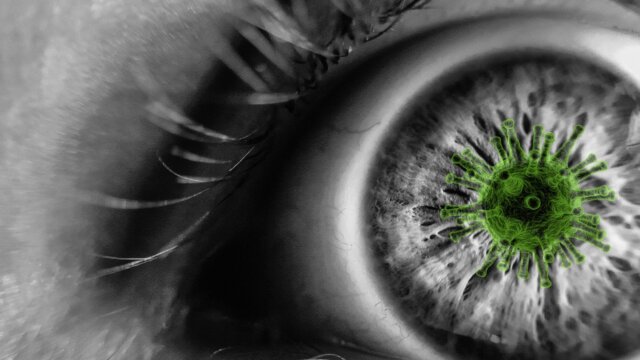FTC disclaimer: This post may contains affiliate links and we will be compensated if you click on a link and make a purchase.
To know and gauge your heart’s condition, you should regularly monitor your blood pressure readings. So, it is important to have a good understanding of blood pressure levels.
You need to know what high pressure, normal range blood pressure, and low blood pressure readings are.
There are some “Vital Signs” that tell us about the health of our bodies. They are the body’s temperature, pulse rate (heart rate), respiratory rate, and blood pressure. And the blood pressure reading is one of the most important things to consider.
Medical specialists have stated that a blood pressure of 119/79 is the healthiest level for an adult. Everyone should strive to maintain their ideal blood pressure level.
You need to take two measurements when you measure blood pressure – Systolic and Diastolic blood pressure.
Systolic blood pressure is taken when the heart pumps out blood, and diastolic blood pressure is taken between heartbeats when the heart is resting.
Moreover, the systolic reading is derived from the heart’s contraction and measures the maximum pressure on the arteries when the left ventricle of the heart contracts.
The diastolic reading measures the blood pressure taken after the contraction has occurred. It should be the lowest arterial pressure reading during the cardiac cycle.
The normal blood pressure range of a person aged 20 to 40 years is 120mm Hg systolic pressure and 80mmHg diastolic pressure.
Anyone reading above this range is classified as having high blood pressure.
How to measure Blood Pressure?
A Sphygmomanometer device has been used for years to measure blood pressure, but nowadays, electronic meters are used more often and are much easier to read. The blood pressure reading is calibrated in units of ‘mm Hg.’
Doctors use a Sphygmomanometer to measure blood pressure. It has an inflatable arm cuff and comes with a little air pump.
The reading on this device has two measures; the systolic pressure is the number on the top or left side of the reading, while the diastolic pressure is the number on the bottom or right side.
You may take your blood pressure reading using electronic meters at home.
A reading of 120/72, for example, means that you have a systolic pressure of 120 and a diastolic pressure of 72. These two blood pressure levels are significant, and you need to monitor them and keep them at normal levels regularly.
Usually, a doctor will only diagnose a person suffering from hypertension after many elevated readings.
Several factors can influence readings, including medication, general health, exercise, coffee and tea, and anxiety and stress. Therefore it is essential to get a “true” reading over some time.
“White Coat” hypertension is one example of a condition when a faulty or skewed reading is taken into the record.
It should be eliminated if there is going to be an accurate reading. It occurs when a person feels natural anxiety when visiting a surgery or the doctor, which raises blood pressure temporarily.

What is a Normal Blood Pressure Level?
You must know that the normal blood pressure reading is not an absolute value. It varies from person to person, and it also depends on the person’s age and medical history.
As per research, Blood pressure between 120/75 and 129/84 is considered normal.
A blood pressure of 119/79 is the healthiest level for an adult – but not necessarily for everyone.
Although it’s relative, generally, it has been seen that a blood pressure of 112 mm Hg (Systolic) and 64 mm Hg (diastolic) is considered normal when the body is at rest. The normal blood pressure values for children are lower than this.
If your blood pressure reading increases suddenly to 130/85 or 139/89, you will be diagnosed with high blood pressure.
Normal blood pressure can vary a lot, and as long as one is physically very active, there is not much to worry about.
The normal range blood pressure values also change, depending on work activity in a day. For example, the systolic and diastolic values drop when we sleep or rest.
During strenuous activities, they increase. The general range of blood pressure readings considered normal in an adult human being is 90-119 mm Hg (Systolic) and 60-79 mm Hg (Diastolic).
A guide for blood pressure levels
- Less than 120/80 mmHg is an optimal blood pressure which can be consistent when you follow a healthy lifestyle
- 121/81 – 129/84 mmHg is the average blood pressure level on which you need to work on to bring it to a normal level
- 130/85 – 139/89 mmHg is on the high side of the normal blood pressure level that needs regular monitoring to bring it to normal condition.
- 140/90mmHg or above blood pressure readings are consistently at or above this level; you have high blood pressure and need medical attention to lower it.
Stages of Hypertension
There are several stages of hypertension, which can be identified as follows.
Normal blood pressure levels – indicated by a systolic reading up to 120mmHg, and a diastolic reading up to 80mmHg.
A person is Pre-Hypertensive when they have a systolic reading between 120mmHg – 139mmHg OR a diastolic reading between 80mmHg – 89mmHg.
Stage 1 Hypertension is when a person has a systolic reading between 140mmHg – 159mmHg OR a diastolic reading is in between 90mmHg – 99mmHg.
Stage 2 Hypertension is when a person has a systolic reading of between 160mmHg – 179mmHg OR a diastolic reading of between 100mmHg – 109mmHg
And stage 3 Hypertension is when a person has a systolic reading of 190mmHg or higher OR a diastolic reading of 110mmHg or higher.
How to maintain normal blood pressure?
There are many ways to maintain normal blood pressure, the most important being maintaining a healthy weight.
Healthy Lifestyle
You can accomplish a healthy lifestyle by choosing naturally available foods rich in nutrients.
Further, you stand a higher risk of developing health problems like heart attacks when you take simple carbohydrate and fatty foods derived from processed foods.
Eat more fresh fruits and vegetables that are rich in vitamins and minerals.
Furthermore, it would be best to normalize your blood pressure if you were physically active. Begin a moderate activity level such as thirty to sixty minutes of walking, running, or bicycling. It is advisable to do these exercises daily.
Instead of taking the elevators, you might prefer to use the stairs for a change.
Avoid Alcohol and Smoking
You can achieve a normal blood pressure level by avoiding unhealthy lifestyles, such as excessive consumption of alcohol.
As per research, drinking too much alcohol raises blood pressure, increases the risk of cardiovascular disease, and increases weight.
Another habit to avoid is smoking. Smoking is terrible for the lungs and can thus make the heart work harder.
If you smoke, you are bound to develop diseases like lung cancer. Kicking the smoking habit will help you reduce the blood pressure from high to normal and enable you to live a healthy life.
Moreover, it is crucial to monitor your blood pressure regularly. That way, you will be alert about any developing risk of hypertension.








